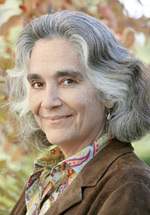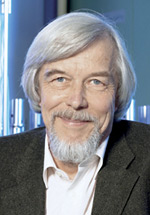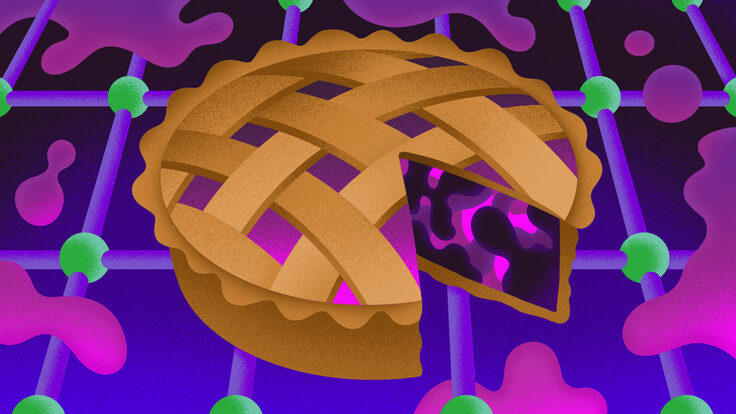 |
 |
| Photos: SLAC and CERN |
New directions, new directors
Two labs on the brink of launching major projects have one more thing in common: new directors named in December.
Persis S. Drell (top photo) was named director of the Stanford Linear Accelerator Center in California—only the fourth director in the lab’s 45-year history.
And the CERN council elected its next director general, Rolf-Dieter Heuer (bottom photo). He will begin his five-year term at the European particle physics lab near Geneva on January 1, 2009.
Drell joined SLAC in 2002 after 14 years as a professor of physics at Cornell University in New York, and served in a number of senior positions there. But her roots at SLAC are much deeper: Her father, Sidney Drell, was a deputy director of the lab.
She’s already launched a major reorganization and established her vision of SLAC as “one lab,” in which all research programs are united under one management system and benefit from multidisciplinary collaboration. Drell will also guide the lab through a major transition in which the two-mile-long linear accelerator, after more than 40 years of providing beams for particle physics, will in 2009 become the injector for the Linac Coherent Light Source, the world’s first hard X-ray free electron laser.
“The science delivered by the LCLS, along with programs in particle physics, photon science, and particle astrophysics and cosmology, will ensure frontier science from the laboratory for decades to come,” Drell said.
Heuer will take his new post at CERN just months after the start-up of the Large Hadron Collider, by far the world’s most powerful particle accelerator. Currently research director for particle physics at DESY laboratory in Hamburg, Germany, Heuer spent 14 years at CERN. For four of those years he was spokesperson for OPAL, one of the major experiments on the Large Electron Positron collider.
While the LHC should be running by the time Heuer is handed the baton by current Director General Robert Aymar, his main concerns will be getting the machine to operate smoothly and seeing that data analysis is handled efficiently.
“This is a very exciting time for particle physics,” Heuer said. “ To become CERN’s director general for the early years of LHC operation is a great honor, a great challenge, and probably the best job in physics research today.”
Glennda Chui, SLAC, and Katie McAlpine, CERN
Click here to download the pdf version of this article.






